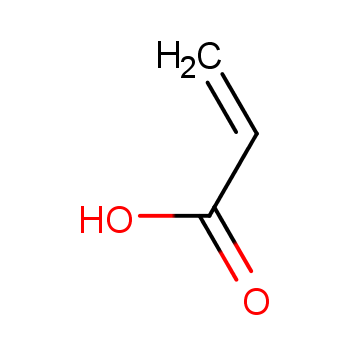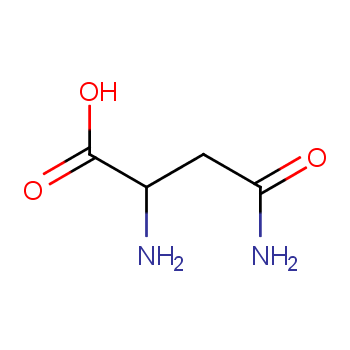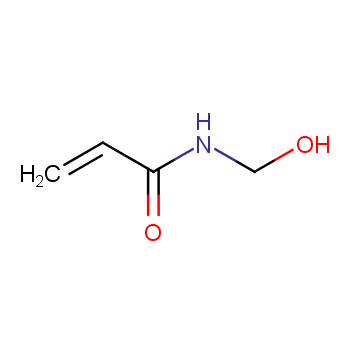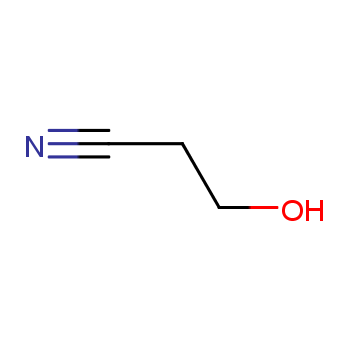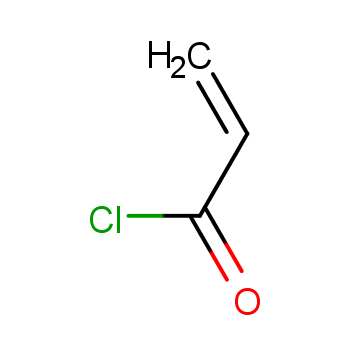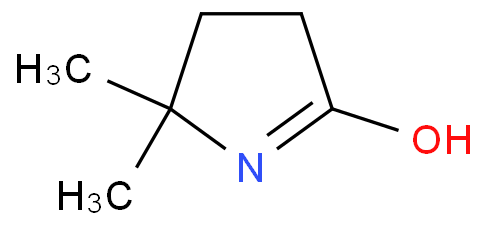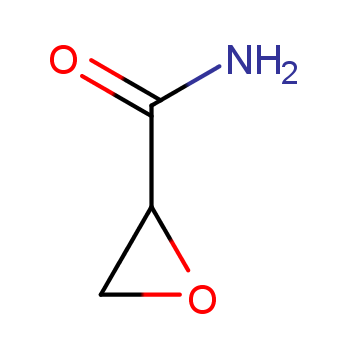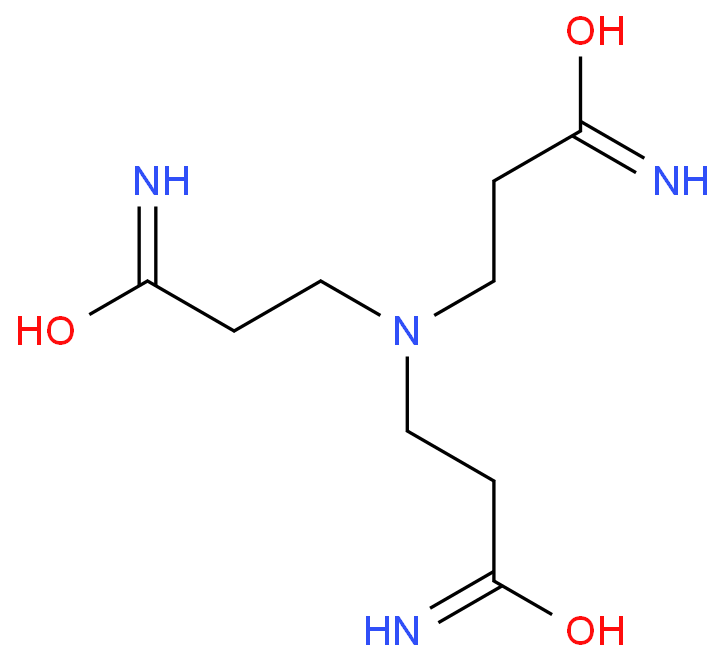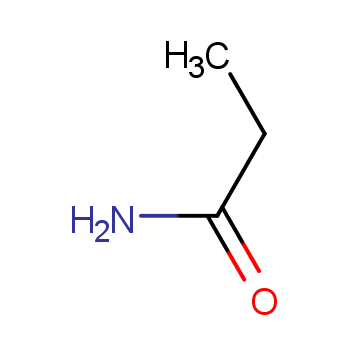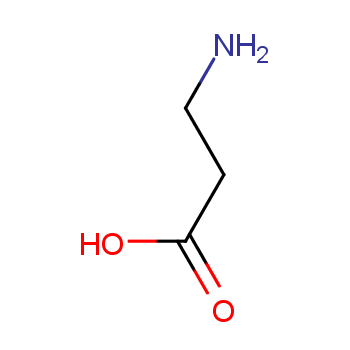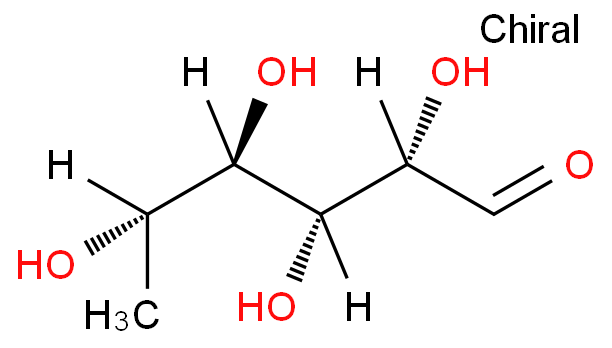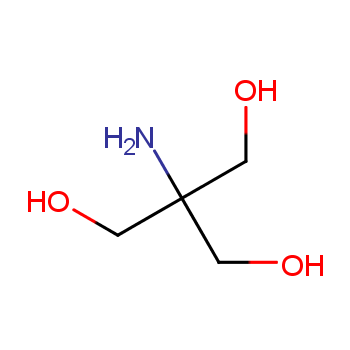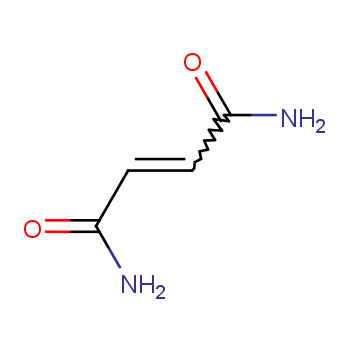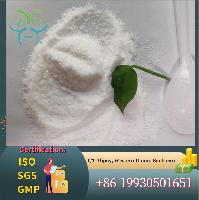2.Hazard identification
2.1 Classification of the substance or mixture
Acute toxicity - Oral, Category 3
Acute toxicity - Dermal, Category 4
Skin irritation, Category 2
Eye irritation, Category 2
Skin sensitization, Category 1
Acute toxicity - Inhalation, Category 4
Germ cell mutagenicity, Category 1B
Carcinogenicity, Category 1B
Specific target organ toxicity \u2013 repeated exposure, Category 1
Reproductive toxicity, Category 2
2.2 GHS label elements, including precautionary statements
| Pictogram(s) |   |
| Signal word | Danger |
| Hazard statement(s) | H301 Toxic if swallowed H312 Harmful in contact with skin H315 Causes skin irritation H319 Causes serious eye irritation H317 May cause an allergic skin reaction H332 Harmful if inhaled H340 May cause genetic defects H350 May cause cancer |
| Precautionary statement(s) | |
| Prevention | P264 Wash ... thoroughly after handling. P270 Do not eat, drink or smoke when using this product. P280 Wear protective gloves/protective clothing/eye protection/face protection. P261 Avoid breathing dust/fume/gas/mist/vapours/spray. P272 Contaminated work clothing should not be allowed out of the workplace. P271 Use only outdoors or in a well-ventilated area. P201 Obtain special instructions before use. P202 Do not handle until all safety precautions have been read and understood. P260 Do not breathe dust/fume/gas/mist/vapours/spray. |
| Response | P301+P310 IF SWALLOWED: Immediately call a POISON CENTER/doctor/\u2026 P321 Specific treatment (see ... on this label). P330 Rinse mouth. P302+P352 IF ON SKIN: Wash with plenty of water/... P312 Call a POISON CENTER/doctor/\u2026if you feel unwell. P362+P364 Take off contaminated clothing and wash it before reuse. P332+P313 If skin irritation occurs: Get medical advice/attention. P305+P351+P338 IF IN EYES: Rinse cautiously with water for several minutes. Remove contact lenses, if present and easy to do. Continue rinsing. P337+P313 If eye irritation persists: Get medical advice/attention. P333+P313 If skin irritation or rash occurs: Get medical advice/attention. P304+P340 IF INHALED: Remove person to fresh air and keep comfortable for breathing. P308+P313 IF exposed or concerned: Get medical advice/ attention. P314 Get medical advice/attention if you feel unwell. |
| Storage | P405 Store locked up. |
| Disposal | P501 Dispose of contents/container to ... |
2.3 Other hazards which do not result in classification
none
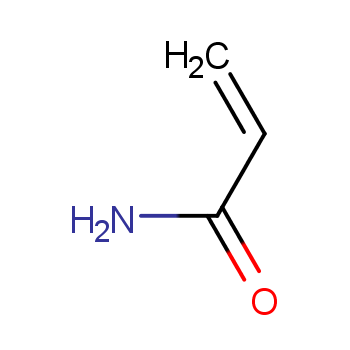
 EN
EN






